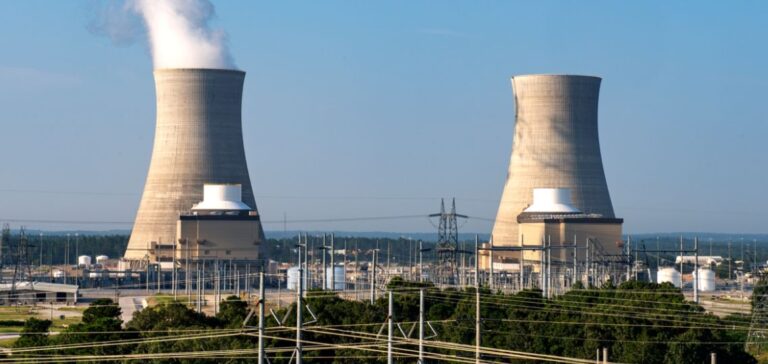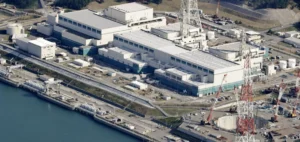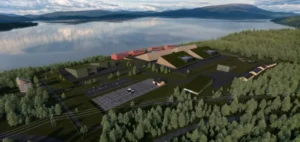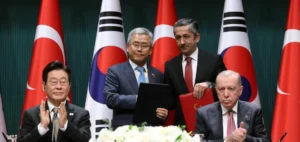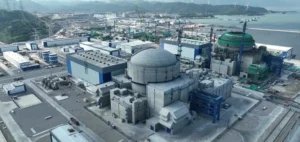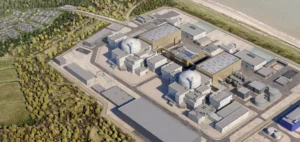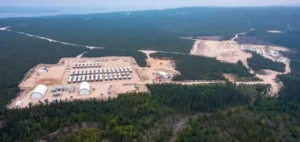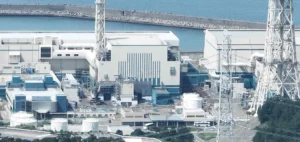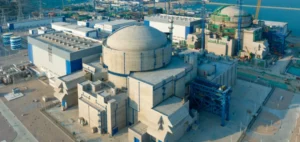Westinghouse’s AP1000 reactors, Vogtle 3 and 4, achieved their first criticality and grid connection in February and March respectively, followed by commercial operation in July 2023 for Vogtle 3. Their construction, begun in 2013, was approved by the Georgia Public Utilities Commission, integrated as part of Georgia Power’s Integrated Resource Plan process. This initiative analyzes the company’s plans to provide clean, safe, reliable and affordable energy over a 20-year planning horizon.
Impacts and statements by executives
Kim Greene, President of Georgia Power, emphasizes: “the importance of the new units in meeting Georgia’s growing demand for clean energy.”
Southern Company’s Chris Womack describes the expansion as a “major milestone” for the state and for the USA, strengthening the reliability and resilience of the US energy grid. The aim is to achieve carbon neutrality by 2050, with these units providing economic support to local communities and demonstrating US global nuclear leadership.
Economic impact and employment
The Vogtle project has generated billions of dollars in positive economic impact for Georgia and local communities, creating 800 permanent jobs and over 9000 on-site jobs at the peak of construction. These new facilities contribute not only to local economic growth, but also to job stability in the region.
With the Vogtle 3 and 4 units, Georgia is positioning itself as a key player in the future of clean energy in the United States. These developments not only meet the growing demand for energy, but also symbolize a significant step forward in long-term energy sustainability efforts.


